Diverse Applications of Spider Lifts
The versatility of spider lifts is a key driver in the Spider Lift Market. These machines are increasingly being utilized across various sectors, including construction, maintenance, and entertainment. Their ability to access hard-to-reach areas makes them invaluable for tasks such as window cleaning, tree trimming, and building inspections. The construction sector, in particular, is witnessing a surge in demand for spider lifts, as they can operate on uneven terrain and in confined spaces where traditional lifts cannot. Market analysis suggests that the construction industry accounts for nearly 40% of the total demand for spider lifts, highlighting their importance in modern construction projects. This diverse applicability is likely to continue fueling growth in the Spider Lift Market.
Economic Growth and Infrastructure Development
Economic growth and infrastructure development are significant drivers of the Spider Lift Market. As economies expand, there is an increasing demand for construction and maintenance services, which in turn drives the need for spider lifts. Governments and private sectors are investing heavily in infrastructure projects, including bridges, highways, and commercial buildings. This investment is expected to boost the demand for spider lifts, as they are essential for various construction and maintenance tasks. Recent projections indicate that infrastructure spending is set to increase by over 20% in the coming years, further propelling the Spider Lift Market. Consequently, the positive correlation between economic growth and the demand for spider lifts suggests a robust future for this market.
Safety Regulations Impacting Spider Lift Market
Safety regulations play a crucial role in shaping the Spider Lift Market. As industries become more aware of workplace safety, the demand for equipment that meets stringent safety standards is increasing. Regulatory bodies are implementing more rigorous guidelines for the operation and maintenance of aerial work platforms, including spider lifts. Compliance with these regulations not only ensures worker safety but also enhances the reputation of companies that prioritize safety. Recent data indicates that the market for safety-compliant spider lifts is expected to grow by approximately 15% over the next few years. This trend suggests that manufacturers are likely to invest in developing models that adhere to these evolving safety standards, thereby driving growth in the Spider Lift Market.
Sustainability Initiatives in Spider Lift Market
Sustainability initiatives are becoming increasingly prominent within the Spider Lift Market. Manufacturers are focusing on creating eco-friendly models that utilize alternative energy sources, such as electric and hybrid systems. This shift not only reduces carbon emissions but also aligns with global efforts to promote sustainable construction practices. The demand for energy-efficient equipment is rising, as companies seek to minimize their environmental impact while maintaining operational efficiency. Recent statistics indicate that the market for electric spider lifts is expected to grow by over 30% in the next few years, reflecting a significant trend towards sustainability. Consequently, the Spider Lift Market is likely to see a surge in innovations aimed at enhancing the environmental performance of these machines.
Technological Advancements in Spider Lift Market
The Spider Lift Market is experiencing a notable transformation due to rapid technological advancements. Innovations such as improved hydraulic systems and enhanced control mechanisms are making spider lifts more efficient and user-friendly. The integration of smart technologies, including IoT capabilities, allows for real-time monitoring and diagnostics, which can significantly reduce downtime. Furthermore, the development of lightweight materials is enabling manufacturers to produce more compact and versatile models. According to recent data, the market for spider lifts is projected to grow at a compound annual growth rate of approximately 5.2% over the next five years, driven by these technological enhancements. As a result, companies are increasingly investing in research and development to stay competitive in the Spider Lift Market.


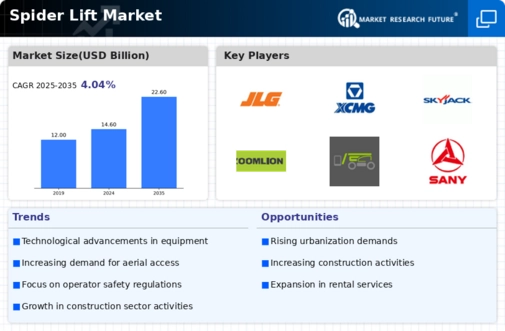


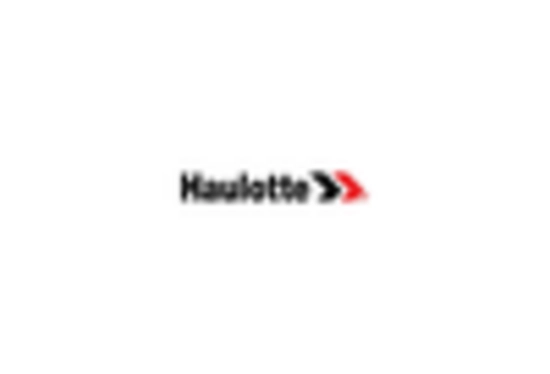
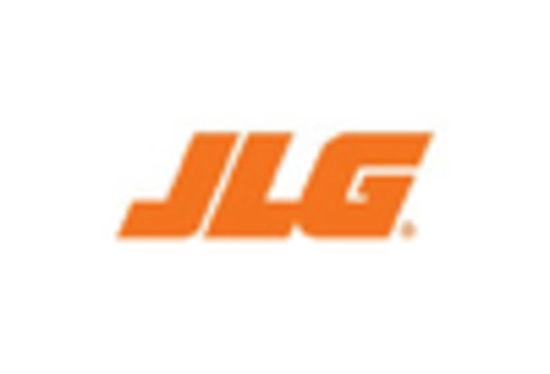
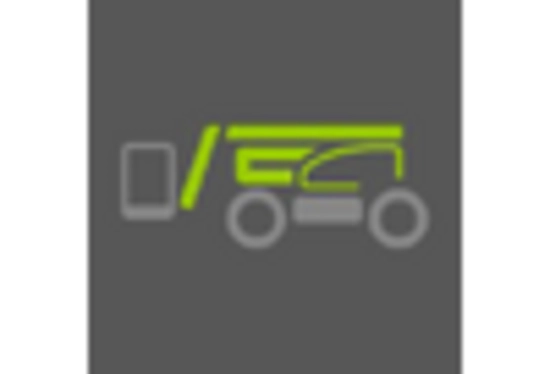
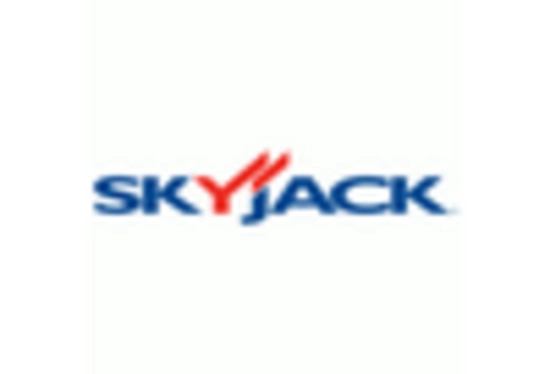
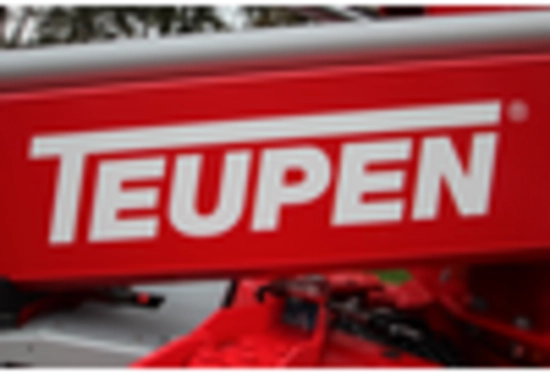








Leave a Comment